- The Han-Wei-Wei-Qinling Water Conveyance Tunnel constructed by China Railway Tunnel Bureau has been fully connected
On the morning of February 22, 2022, as the cutter head of the tunnel hard rock boring machine broke out of the rock, the water conveyance tunnel from Han to Wei and Qinling, which was constructed by China Railway Tunnel Bureau, was fully connected. During the year, water can be supplied to Xi'an in advance, and the beautiful vision of Hanshui crossing the Qinling Mountains and moistening the land of Qinchuan is just around the corner.

The Qinling Water Conveyance Tunnel is the key control project of the Han-to-Wei River diversion project, and it is also the first attempt by humans to traverse the Qinling Mountains from the bottom. The tunnel has a total length of 98.3 kilometers, a maximum buried depth of 2012 meters, a design flow of 70 cubic meters per second, and a longitudinal slope of 1/2500. The geological conditions of the Qinling water conveyance tunnel are extremely complex. The annual temperature exceeds 40°C and the relative humidity is as high as 90%. Various geological disasters occur in a comprehensive manner. Many academicians and experts evaluate it as "complex construction difficulty is rare in the world".
How difficult is the Qinling water tunnel?
The Lingnan TBM excavation section of the Qinling Water Transmission Tunnel constructed by China Railway Tunnel Bureau has the outstanding characteristics of "three highs, two strong and one long", namely high surrounding rock strength, high quartz content, high temperature and humidity, strong rock burst, strong water inflow, long-distance single head The construction is a "hard bone" with the most rock bursts, the highest rock strength and the most difficult construction in the whole line of the Han-Ji-Wei project.
The Lingnan TBM excavation section of the Qinling Water Transmission Tunnel is located in the deep mountains of Ningshan County, Shaanxi Province. The construction includes a main tunnel with a length of 18.27 kilometers and a No. 4 branch tunnel with a length of 5.82 kilometers. The maximum buried depth is 2012 meters. Among them, the main hole is constructed by an open hard rock boring machine (TBM) with a diameter of 8.02 meters, and the slag is discharged by a continuous belt conveyor. In order to solve the problems of long-distance slag removal, ventilation and transportation of TBM in the second tunneling section of TBM, China Railway Tunnel Bureau adopted the combination of "TBM + drill-and-blast method", and built the inclined shaft of No. 4 branch tunnel for the construction of the connection section between the TBM maintenance hole and the main tunnel. Open the work surface.

From the start of construction to the completion, the Lingnan TBM excavation section of the Qinling Tunnel has always been advancing in a difficult environment intertwined with extremely complex geological conditions such as strong rock bursts, high hard rocks, inrush water, high temperature and humidity.
The Qinling Tunnel is buried at a depth of 1300-2012 meters, with a ground stress of more than 60 MPa, and the rock burst section accounts for 70% of the total construction length. During the excavation process, a total of 2056 rock bursts occurred in the Lingnan TBM excavation section, affecting a length of 8586.8 meters, including 4973.9 meters of strong rock bursts. Rock burst caving and catapulting rocks threaten the safety of operators and damage mechanical equipment and support systems. Operators have to wear steel helmets and bulletproof vests, risking their lives to clean up the rock burst flying stones. To deal with rock bursts, builders need to wear steel helmets and body armor.

The stratum dominated by quartzite, granite and diorite is the "natural enemy" of TBM excavation. The average compressive strength of the rock is 194 MPa, the highest is 317 MPa, and the quartz content exceeds 65%. High rock strength, high wear resistance, tool consumption of 0.7 pieces/m, extremely low driving speed and great tool consumption are the core issues that affect the rapid tunneling of TBM.
Since the TBM trial excavation, there have been 9 large and concentrated water inflows in the tunnel, especially on February 28, 2016, the water inrush at the tunnel face, the single point and single water inflow exceeded 20,000 m³/d, and the maximum water inflow in the excavated section was 46,000 m³ /d, which reached 3.76 times the design maximum water inflow of the tender section. China Railway Tunnel Bureau organized a rescue commando of 1,000 people, which took 75 days to successfully escape.
How important is it to attract Han to Wei?
Since the 1980s and 1990s, due to the combined effects of climate change, economic development, population growth and other factors, the Guanzhong urban agglomeration has suffered from "water shortage". Shaanxi spans the two major river basins of the Yellow River and the Yangtze River, but the distribution of water resources is extremely uneven. South of Qinling Mountains belongs to the Yangtze River Basin, with abundant water sources, accounting for 71% of the province's total water resources; to the north of Qinling Mountains is the Yellow River Basin, where cities, factories and populations are densely populated, but only account for 29% of the province's total water resources. The contradiction of resource shortage has become an important factor restricting the economic and social development of Shaanxi Province.

The Han River Diversion Project is one of the ten landmark projects among the 172 major water conservancy projects required by the State Council to accelerate the construction during the "Thirteenth Five-Year Plan" period. It is also the largest cross-basin water transfer project in the history of Shaanxi Province. The water resources of the basin were introduced into the Guanzhong area, known as the Shaanxi version of the South-to-North Water Diversion Project. While solving the near-term water shortage problem in Guanzhong, the project will also be an important prerequisite for solving the water demand of the energy and chemical bases in northern Shaanxi in the near and mid-term, and a key project to realize the optimal allocation of water resources in the province.

Diverting the Han River to the Wei River spans the two major river basins of the Yellow River and the Yangtze River, and crosses the Qinling Mountains. It is divided into two parts: water transfer and water distribution. The water transfer project consists of three parts: the Jinjinxia Water Control Project, the Sanhekou Water Control Project and the Qinling Water Conveyance Tunnel. The water transmission and distribution project consists of the Huangchigou water distribution hub, the north-south trunk line and 23 branch lines. Among them, the Qinling Water Conveying Tunnel breaks the barrier of the geographical dividing line between North and South China, and realizes the "hand in hand" between the Yangtze River and the Yellow River.
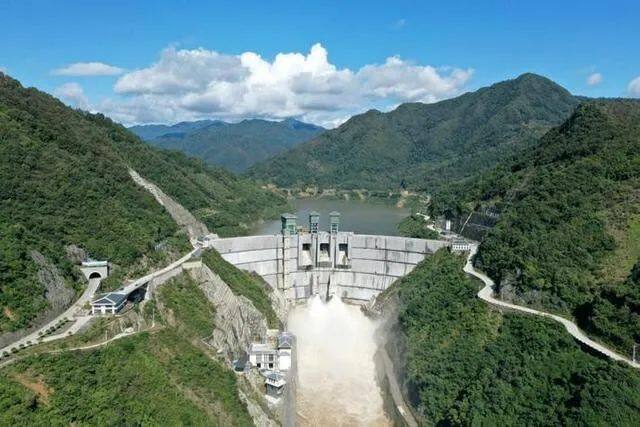
Divert Han to Wei Sanhekou Water Control Project
After the completion of the Han-to-Wei River diversion project, about 1.5 billion cubic meters of Han River water will be continuously imported into the Guanzhong area of Shaanxi through the Qinling Water Transfer Tunnel every year, which can meet the requirements of 4 key cities of Xi'an, Xianyang, Weinan and Yangling, and 5 of the Xixian New Area. 11 county-level cities such as Xingping, Wugong, Sanyuan, and Weibei Industrial Zone meet the water needs of a new city, providing 14.11 million people with water for production and living.
Why does China Railway Tunnel Bureau do it?
Wang Sijing, an academician of the Chinese Academy of Engineering, sighed during the investigation on the TBM face of the Qinling Water Conveyance Tunnel: "The Qinling Water Conveyance Tunnel Project is excavated in an ultra-long tunnel, and encounters hard rocks, rock bursts, and water inrush disasters, which are all huge. Difficulty, the superposition of these various geology, the difficulty is rare in China, far beyond the European Alps, after the project is completed, the world will re-understand the geological structure of the Qinling Mountains.”
The construction of the Han-Wei-Qinling water conveyance tunnel took 13 years. China Railway Tunnel Bureau faced the challenges of extreme geological environment, promoted the construction technology of China's long TBM tunnel to a new level, and also made the industry re-understand the professional strength of China Railway Tunnel Bureau. .
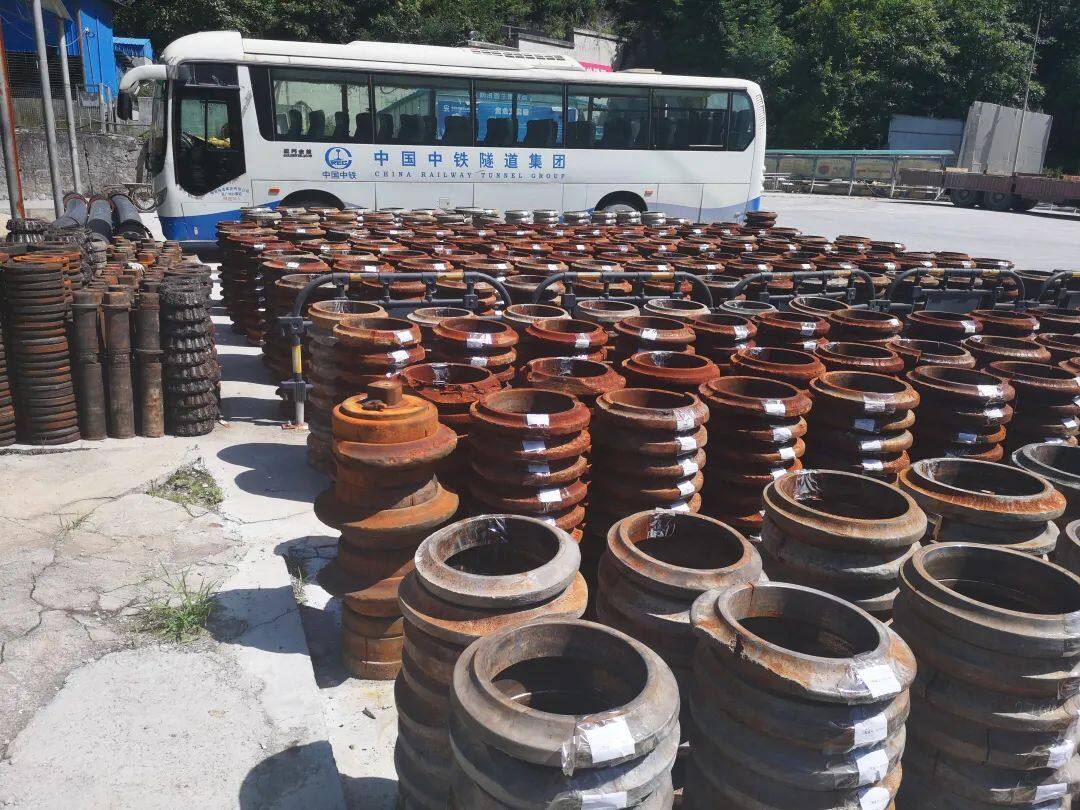
TBM cutter ring scrapped during construction
The project department of the Lingnan section of the Han-Ji-Wei-Qinling Water Conveyance Tunnel led by China Railway Tunnel Bureau took TBM equipment management as the leader, and carried out the technical research on excavation under extreme geological conditions. A series of successful experiences have been accumulated in slag, transportation, ventilation, long-distance super-hard rock formation excavation, water inrush control, and long-distance measurement accuracy control of complex terrain in mountainous areas.
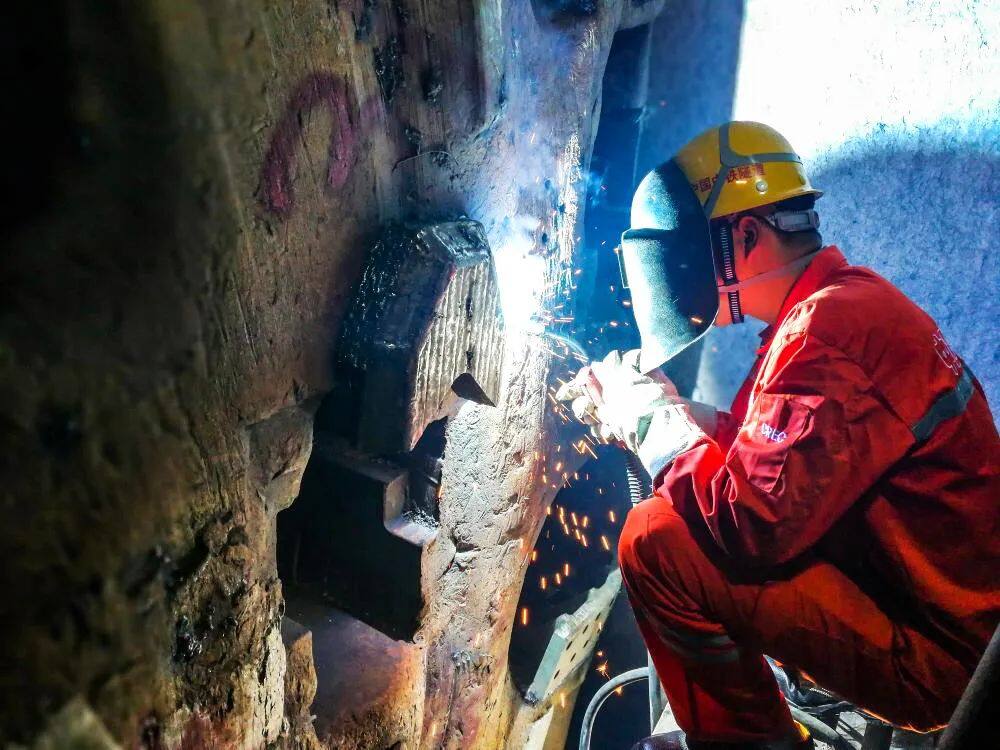
The project department has obtained 3 invention patents and 2 utility model patents, and has compiled a number of construction methods. Among them, the achievement of "Earning and Prevention of Rock Burst in the Construction of Han-Ji-Wei Tunnel" won the "Science and Technology of the 12th China Rock Mechanics and Engineering Society". Award (Science and Technology Progress Award) first prize, "Research on Tool Wear in Highly Abrasive Deep Buried Strata" won the first prize of National Railway Group Science and Technology Progress Award, and also won the "National Youth Civilization" and other honors.

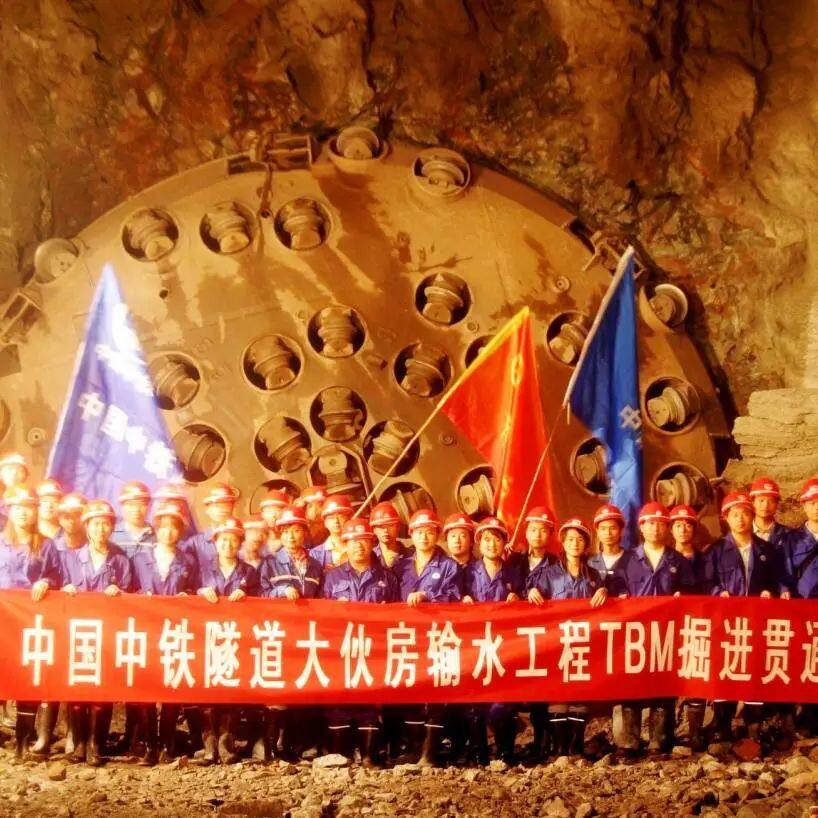

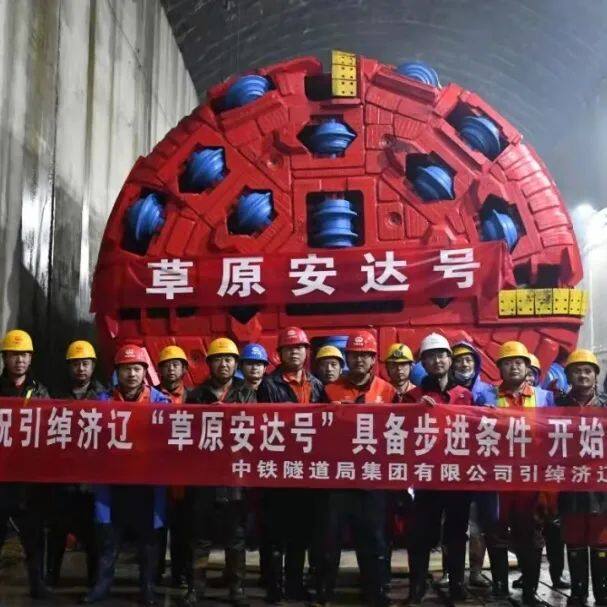
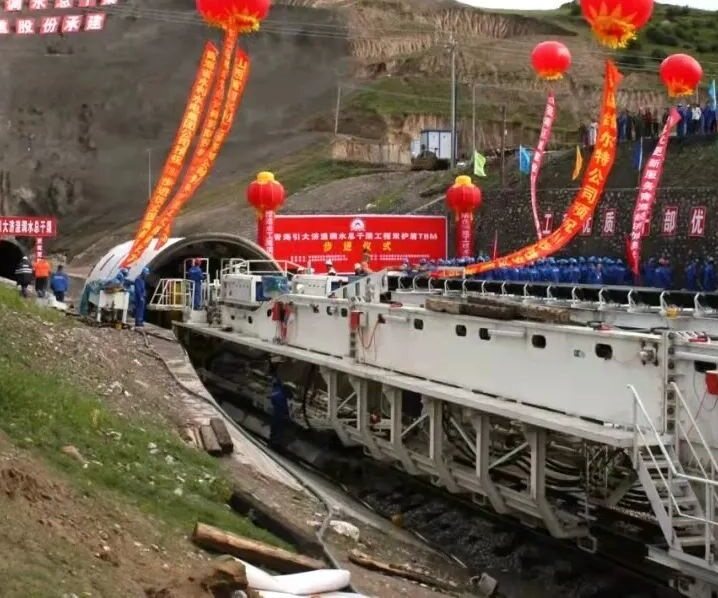

Since the first introduction of hard rock boring machines (TBM) in China in the 1990s to build the Qinling Tunnel of Xikang Railway, China Railway Tunnel Bureau has led China's tunnel construction technology into the era of shield/TBM. TBM is widely used in large-scale water diversion projects, Long tunnels (lanes) such as tunnels through mountains and deep tunnels in coal mines are under construction. Especially in terms of hydraulic tunnels, China Railway Tunnel Bureau in Liaoning Dahuofang water conveyance tunnel, Qinghai diversion to Dajihuang project, Jilin water supply project to Song, Gansu to Tao water supply, Shaanxi to Hongji stone project, Inner Mongolia to Chuo to Liaoning During the construction of key and difficult hydraulic tunnel projects such as the project, the Pearl River Delta water resources allocation project, and the water diversion in the middle of Yunnan, it has undertaken many construction tasks of urgent, dangerous and heavy bidding sections, creating and maintaining a world record of 1,868 meters of monthly excavation and a single-day excavation. The national record of 101.12 meters has made important contributions to the balanced supply of regional water resources, economic and social development, and improvement of people's livelihood and well-being.Editor/Ma Xue
Comment
 Praise
Praise
 Collect
Collect
 Comment
Comment
 Search
Search


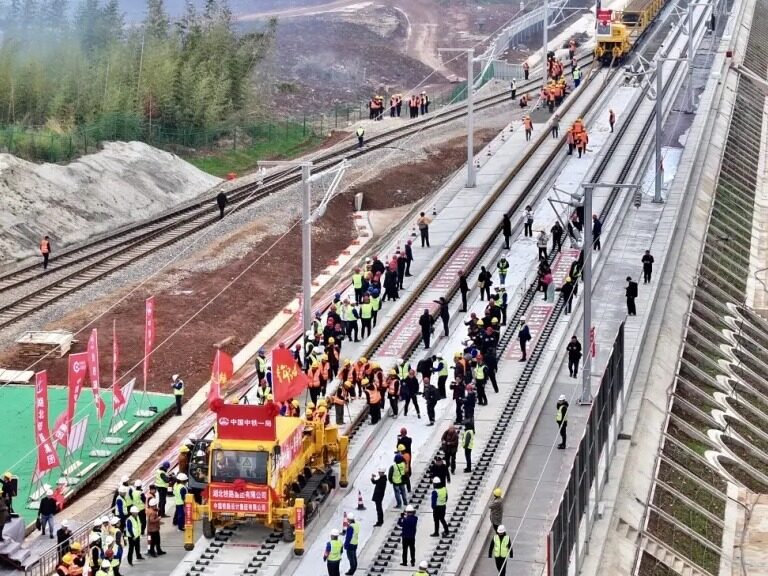
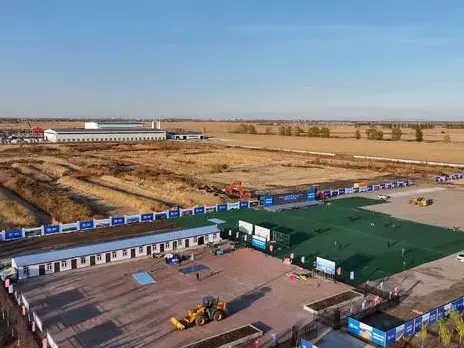
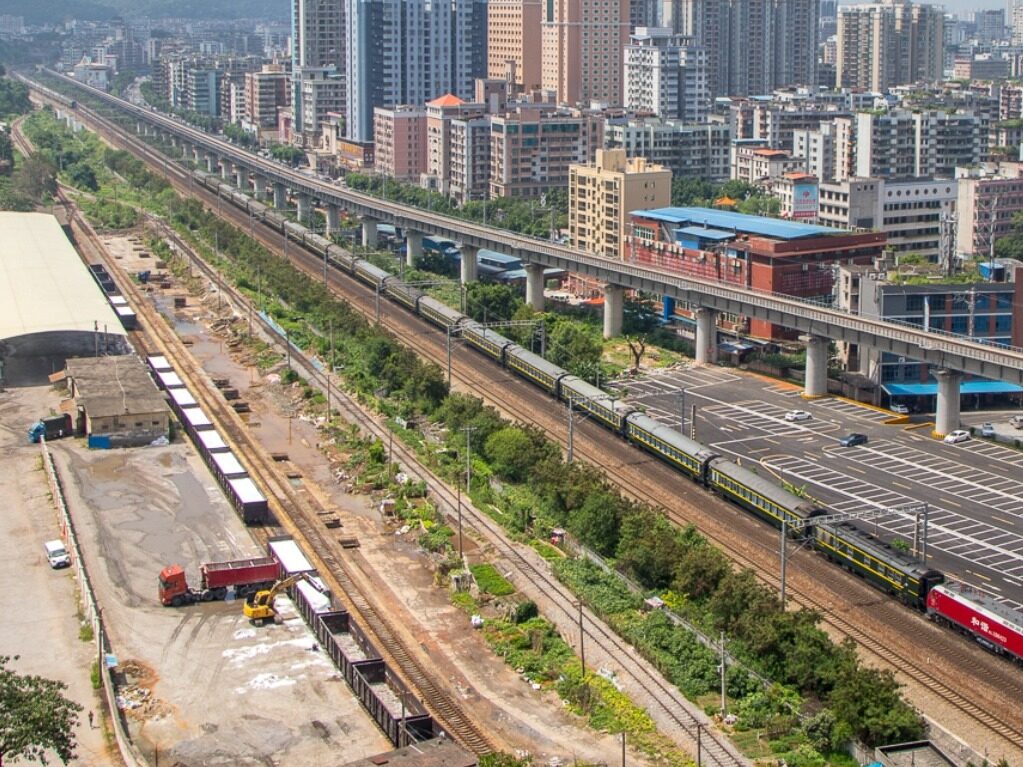
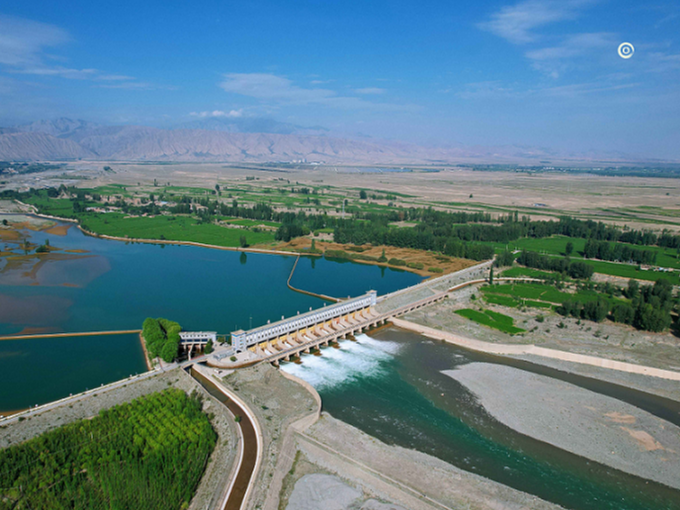
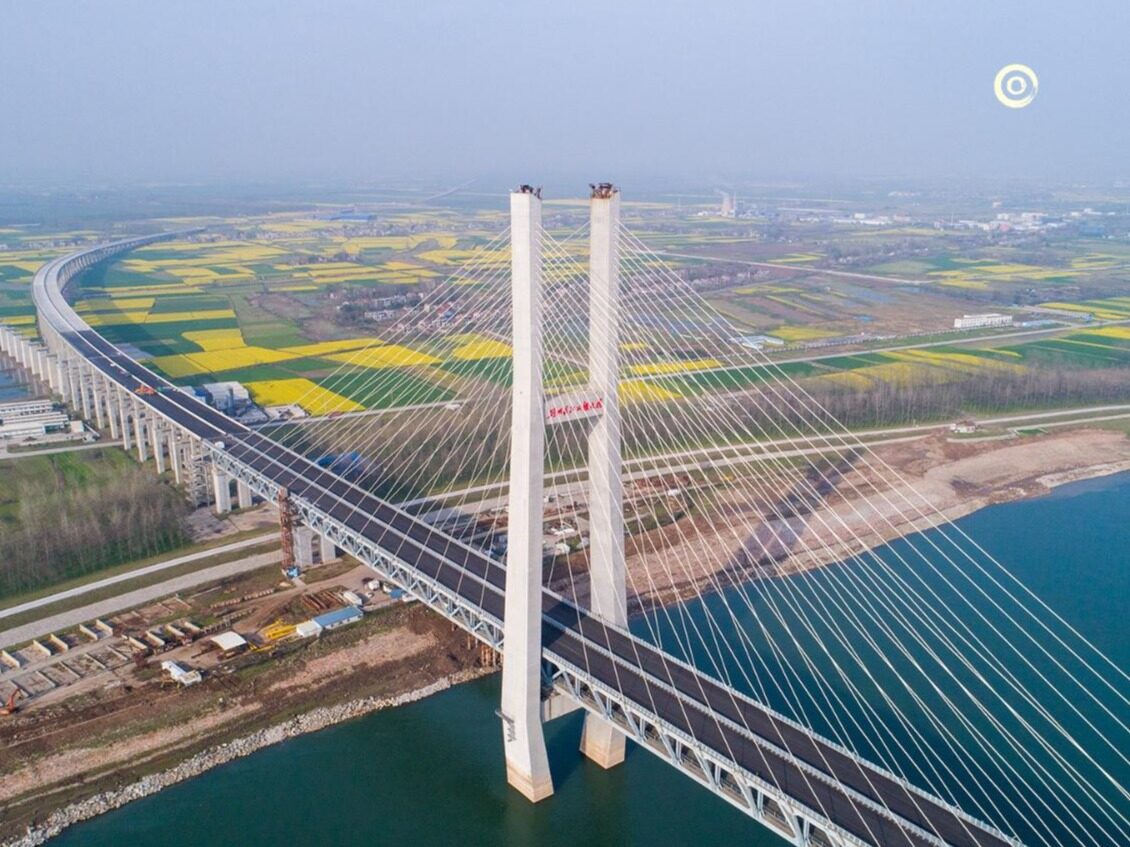







Write something~